Kanwar Yatra 2025: 5 Holy Sites Where Devotees Collect Ganga Water And Why
Millions of Kanwariyas prepare for the sacred Kanwar Yatra as the holy month of Sawan approaches. This deeply spiritual journey is undertaken to offer Ganga Jal to Lord Shiv. But not all water from the Ganga is considered suitable for this divine purpose. Devotees carefully collect Ganga Jal from five specific pilgrimage sites, each bearing mythological and spiritual significance.
One may wonder, why not collect the sacred Ganga Jal from Varanasi or Patna, despite them being on the Ganga's bank? The answer lies in tradition, scriptual relevance, and purity of the river's flow at certain points. These sites that the Kanwariyas choose, are believed to carry Shuddh Ganga Jal that's untouched by urban pollution or ritual contamination, which makes them spiritually potent for Abhishek of Lord Shiv.
Let’s explore these 5 holy sites and why they’re the preferred destinations for Kanwariyas during the Kanwar Yatra 2025.
ALSO READ: Kanwar Yatra Is Linked To Lord Shiv — But Do You Know Its Connection With Lord Vishnu? Know Here
1. Har Ki Pauri, Haridwar
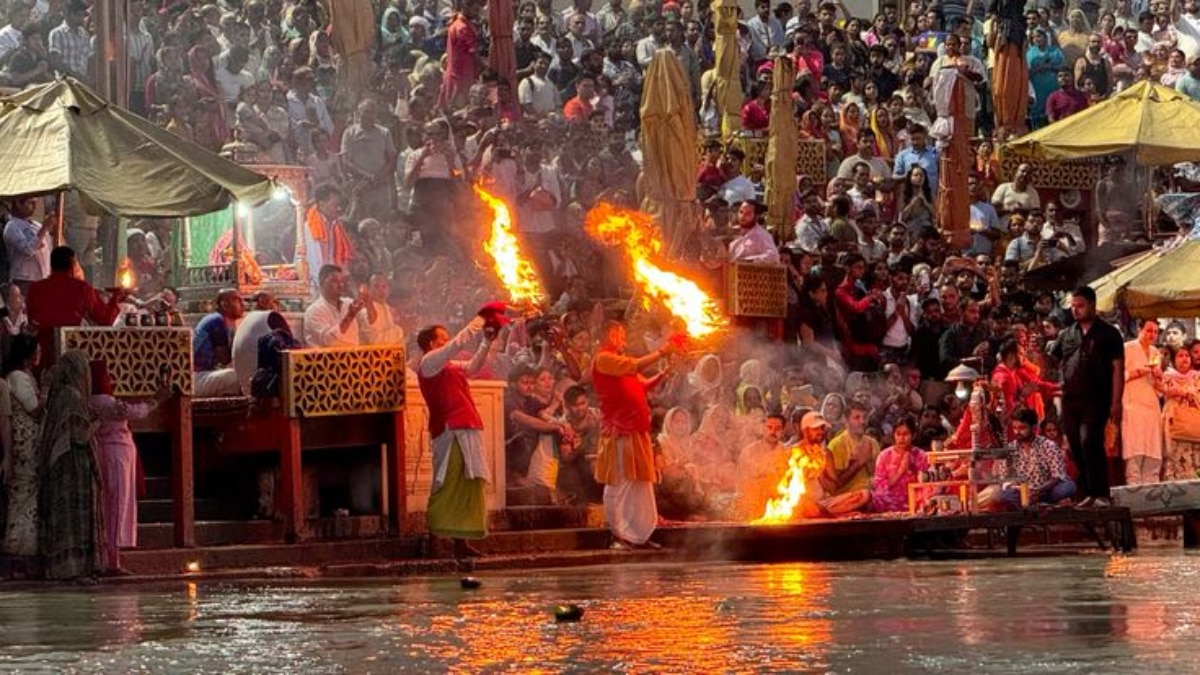 (Image Source: Pinterest/shivamjayal)
(Image Source: Pinterest/shivamjayal)
One of the most revered points in the Kanwar Yatra is Har Ki Pauri in Haridwar. This is the place where River Ganga leaves the mountains and enters the plains. The ghat is considered sacred because Lord Vishnu's footprint is believed to be imprinted on a stone wall here. Kanwariyas from North India, especially Delhi, Haryana, and western Uttar Pradesh, gather here in massive numbers to collect Ganga Jal.
The Brahmakund area of Har Ki Pauri is the exact point from where Ganga Jal is traditionally filled. The water here is Sattvik and considered powerful for the Jal Abhishek of Lord Shiv, especially during Sawan. The ghat also hosts the grand and popular Ganga Aarti, which adds a celestial charm to the whole experience. Devotees believe that collecting water from Haridwar and walking back barefoot earns them immense spiritual merit. This act of devotion is also believed to cleanse the devotees karm.
2. Triveni Ghat, Rishikesh
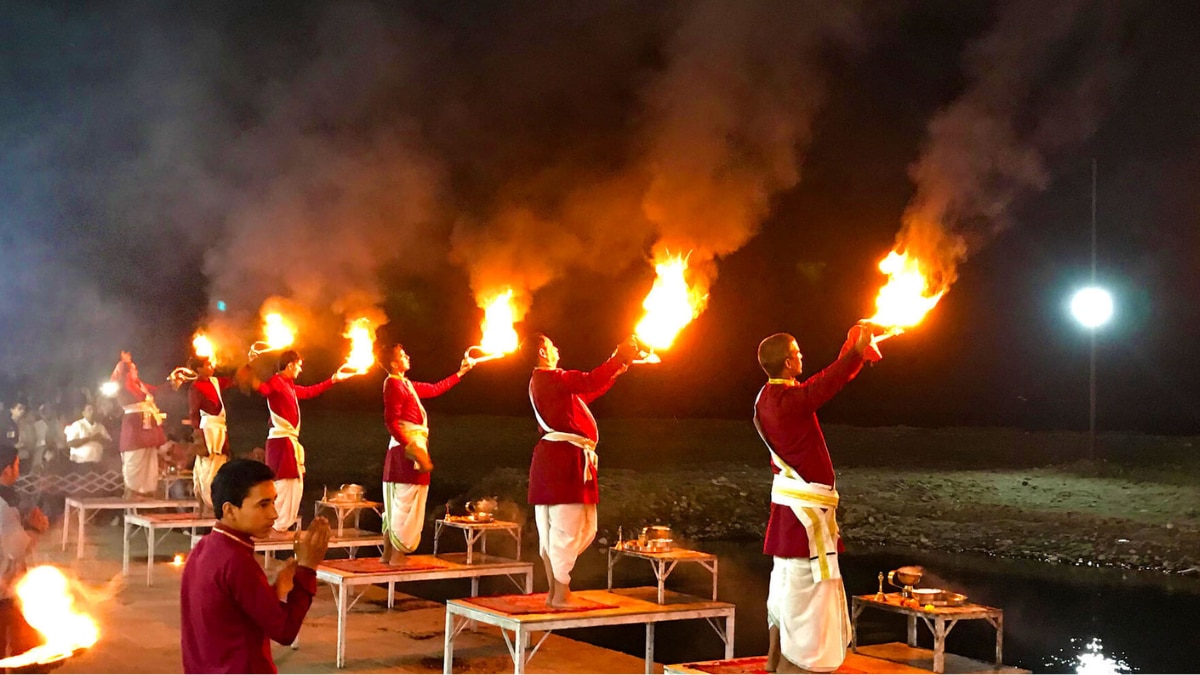 (Image Source: Twitter/@Namami_Bharatam)
(Image Source: Twitter/@Namami_Bharatam)
The Triveni Ghat in Rishikesh serves as a powerful alternative for devotees who seek a more serene and spiritual atmosphere. This site is named after the confluence or Triveni of three holy rivers, Ganga, Yamuna, and Saraswati. The water collected from Triveni Ghat is said to be infused with triple the divine energy.
The Shivlings offered with the Ganga Jal of Triveni Ghat are believed to radiate a higher spiritual vibration. This is a less crowded ghat than Haridwar, making it peaceful yet spiritually charged. Kanwariyas often collect the sacred water from here to avoid the heavy rush. The Ganga here is crystal clear, cold, and energetic. It flows directly from the Himalayas and is untounched by major settlements.
3. Ajgaivinath Ghat, Sultanganj
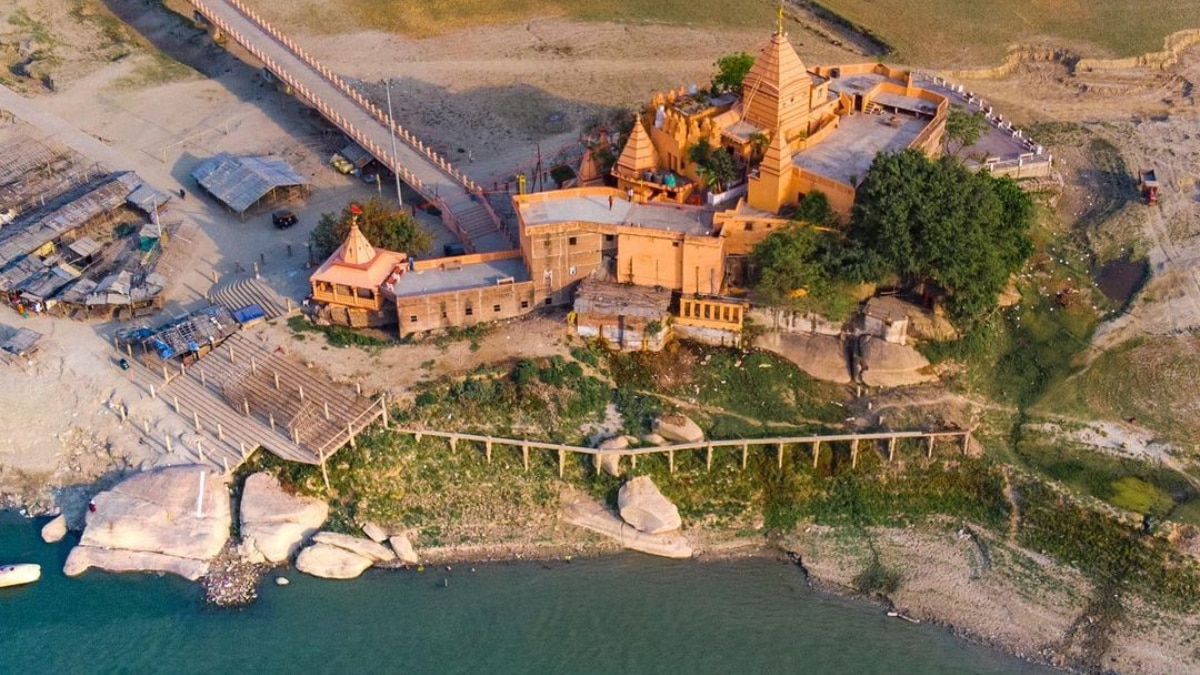 (Image Source: Twitter/@Way_To_India)
(Image Source: Twitter/@Way_To_India)
Sultanganj in Bihar is the starting point is Shrawani Mela. It's a month-long Kanwar Yatra that ends in Deoghar, Jharkhand, at the Baidyanath Dham. The Ganga River flows northward here, which is a rare phenomenon that's considered highly auspicious in Hinduism, making it a unique site. This flow is seen as symbolic of the blessings directly reaching the heavens, making the jal potent for puja.
The Ghat near Ajgaivinath Mahadev Temple is where Kanwariyas collect Ganga Jal. It's believed that this water, carried in kanwars on foot across 105 km, becomes charged with the energy devotion. This destination in Bihar remains untouched by cremation rituals and major pollution, making it sacred and clean.
4. Gaumukh, Uttarkashi
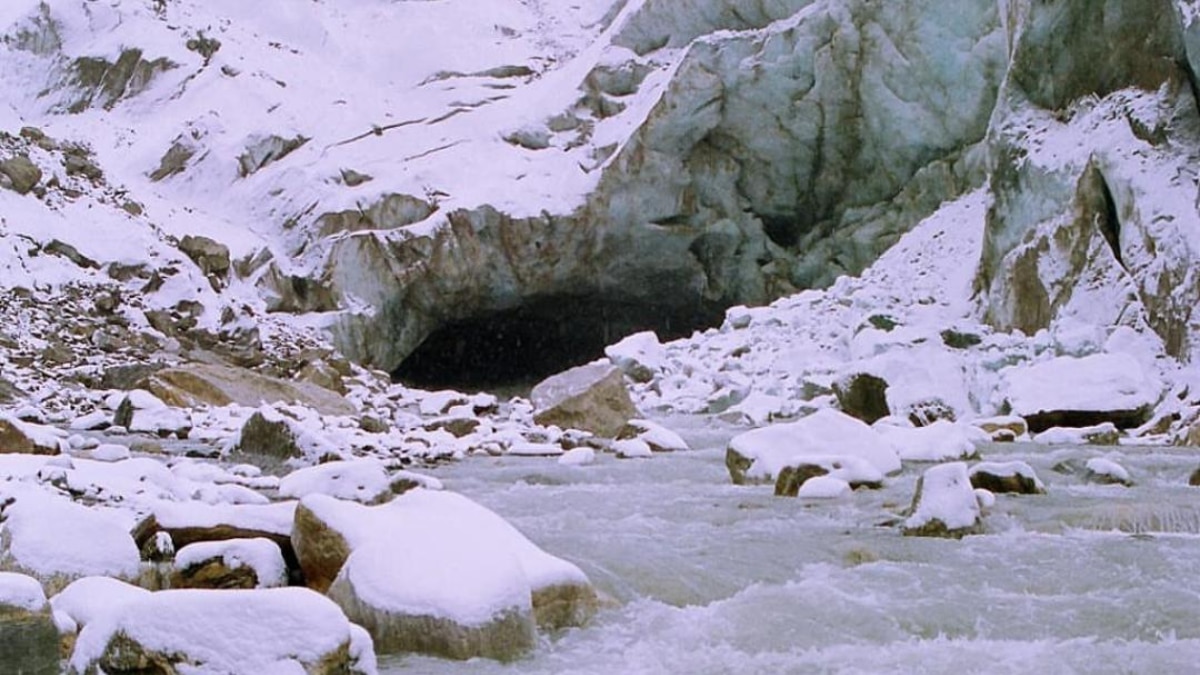 (Image Source: Twitter/@Thikane24)
(Image Source: Twitter/@Thikane24)
The Ganga Jal from Gaumukh is untouched by civilisation, making it free from any pollution or ritual contamination. For most devout Kanwariyas, Gaumukh, the actual source of River Ganga, offers an unmatched spiritual power. Situated in Uttarkashi, Gaumukh is a glacial snout that feeds the Bhagirathi River, which later becomes Ganga.
This sacred water is considered Brahm Tattva, the purest essence of divinity. Due to the tough trek and high altitude, only a small number of pilgrims are able to complete this journey. People believe that even a few drops from here are enough for the Jal Abhishek of Lord Shiv.
5. Gangotri Temple, Gangotri
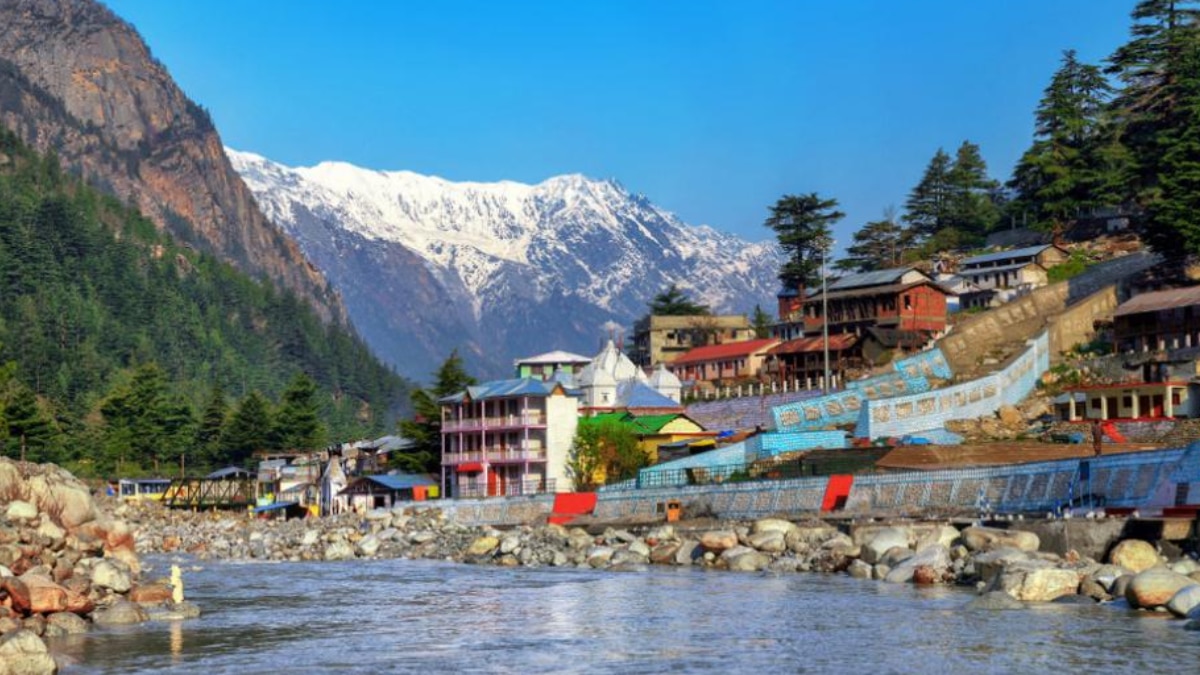 (Image Source: Twitter/@incredibleindia)
(Image Source: Twitter/@incredibleindia)
Devotees believe that offering Jal collected from Gangotri to Shiv’s Jyotirlings, especially Kashi Vishwanath or Baidyanath, brings immense blessings and spiritual awakening. For those unable to reach Gaumukh, the Gangotri Temple, situated few kilometres downstream, is the next holiest alternative. Dedicated to Maa Ganga, this temple is where the sacred river is worshipped in its divine form.
The temple is surrounded by snowy peaks and glacial waters. The divine presence here is palpable, and the experience of collecing water in the lap of Himalayas is described as otherworldly by many pilgrims. The Ganga Jal from Gangotri Temple is also believed to resolve ancestral karm. Even the water from Bhagirathi here is considered equally sanctified.
Why Not From Kashi, Patna, Or Other Ganga Ghats?
Although places like Kashi in Varanasi, Patna, and Kolkata are spiritually significant, they are not preferred for Kanwar Yatra Ganga Jal collection. These stretches of River Ganga often pass through densely populated areas and are used for cremation rituals.
According to the scriptures, only sattvik water, directly flowing from the Himalayan regions or sacred upstream points like Sultanganh are suitable for Shivling Abhishek. The ritual focuses on offering the most divine and pure form of water to Lord Shiv, especially during the sacred month of Sawan.
lifestyle